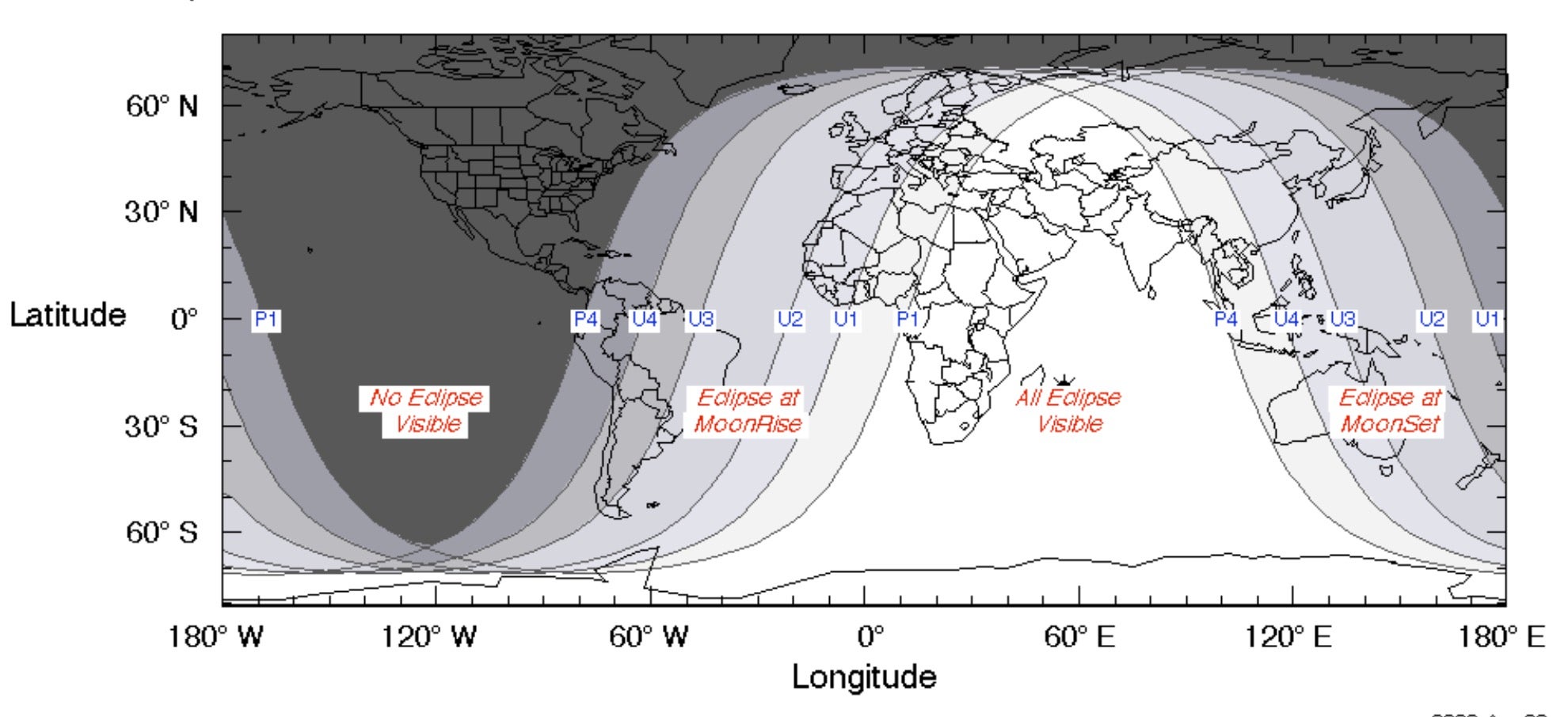Lunar eclipse: When is the blood moon? Time and path in UK and around the world
It will be the longest 'blood moon' this century
Your support helps us to tell the story
From reproductive rights to climate change to Big Tech, The Independent is on the ground when the story is developing. Whether it's investigating the financials of Elon Musk's pro-Trump PAC or producing our latest documentary, 'The A Word', which shines a light on the American women fighting for reproductive rights, we know how important it is to parse out the facts from the messaging.
At such a critical moment in US history, we need reporters on the ground. Your donation allows us to keep sending journalists to speak to both sides of the story.
The Independent is trusted by Americans across the entire political spectrum. And unlike many other quality news outlets, we choose not to lock Americans out of our reporting and analysis with paywalls. We believe quality journalism should be available to everyone, paid for by those who can afford it.
Your support makes all the difference.The lunar eclipse that will soon pass over much of the Earth is going to be the longest this century.
And it is notable not just for its length, but also its breadth: it will cover almost the entire world, meaning that people nearly everywhere will be able to spot it.
The event begins on 27 July. The maximum eclipse happens at 9.30pm UK time that evening and will last for about 50 minutes – but it will be partially visible for a long time either side of that moment.
North America is the only continent where the eclipse will not be visible at all. For everyone else, it should be at least a little visible – how much of it you will see depends where you are.

Nasa has provided a full path of where the eclipse will be visible. The more light a place is on this map, the more of it you will be able to see.
The lunar eclipse happens when the Earth moves between the Sun and the Moon. That has the effect of largely blocking out the Sun's rays, making the Moon go darker – and as what light does get through makes its way around our planet, it is lengthened, turning the Moon an eerie red colour.
This time around, it also happens to coincide with when Mars reaches its opposition, making it shine brightly in the night sky. As such, you might be able to spot two bright red neighbours hovering up in the sky in one night.

Join our commenting forum
Join thought-provoking conversations, follow other Independent readers and see their replies
Comments